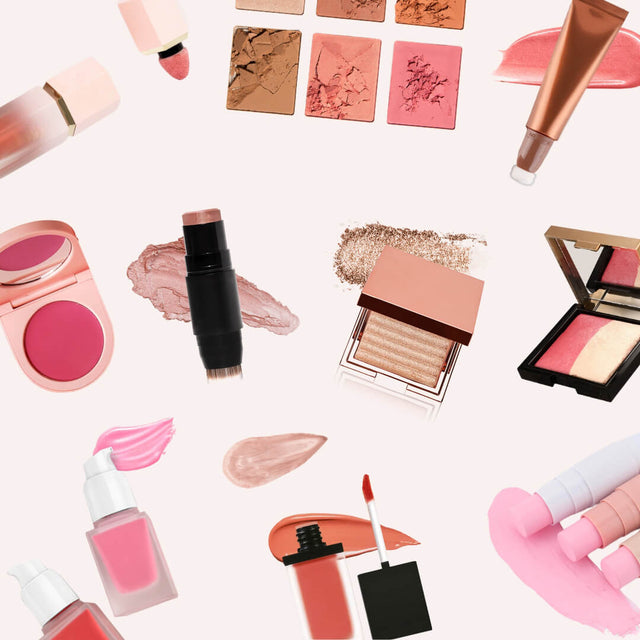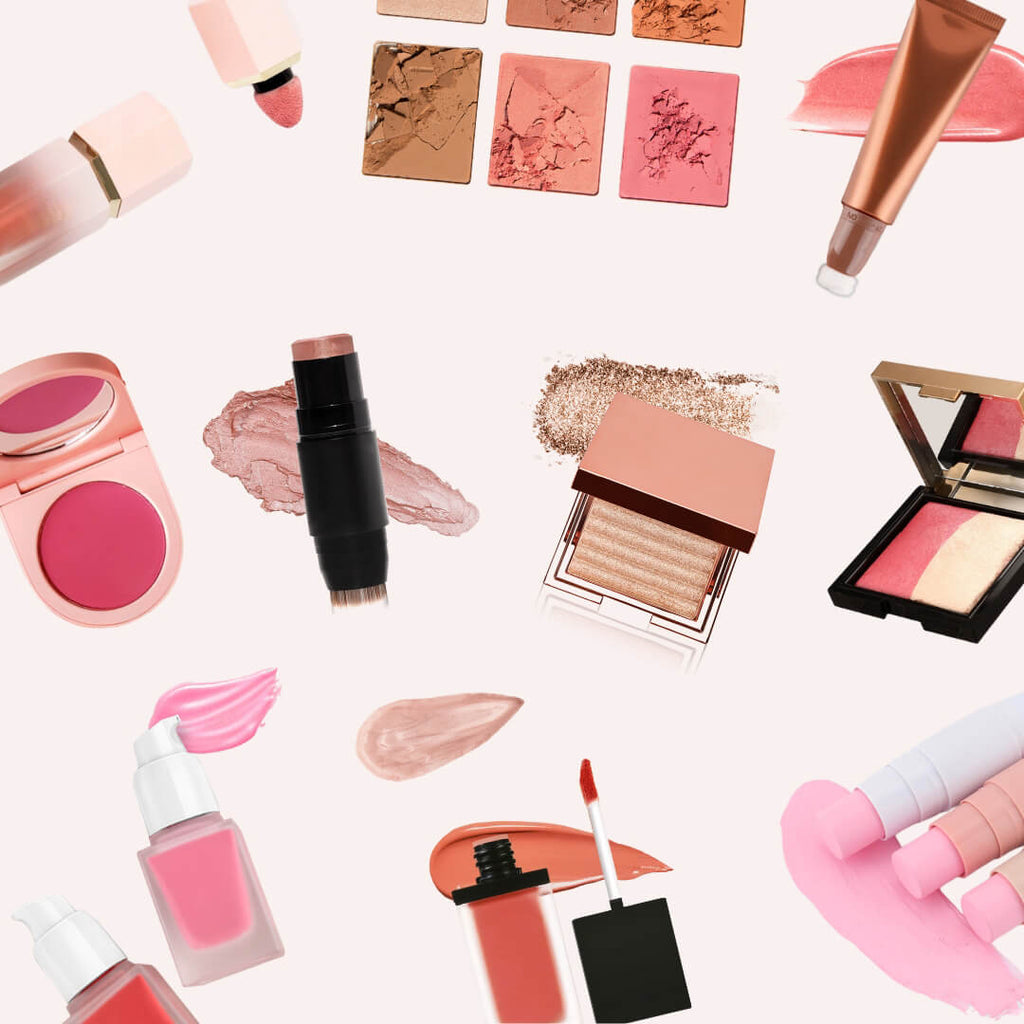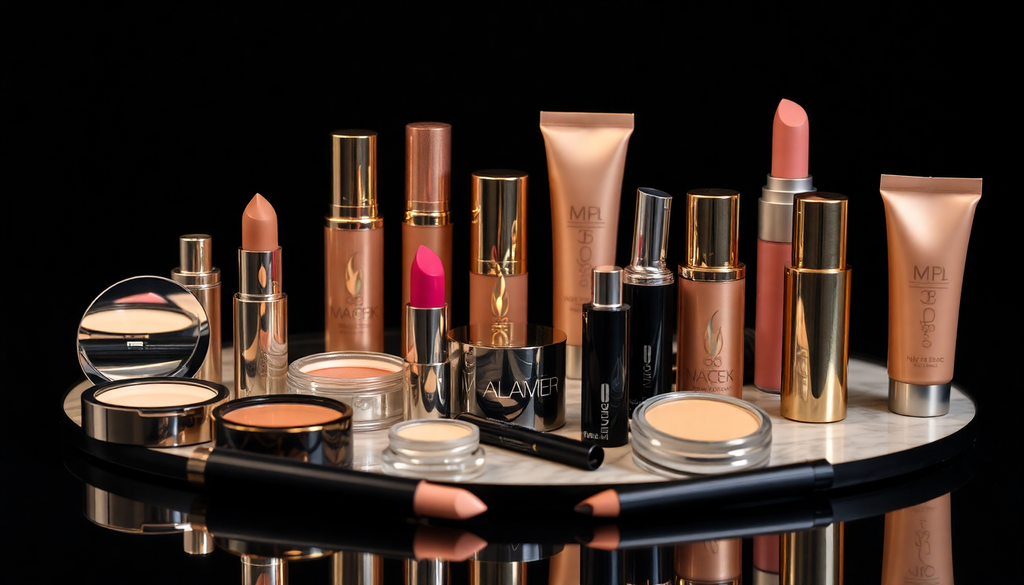
Your Comprehensive Guide to Launching a Global Makeup Brand in 2025: Market Insights, Import Policies, and Cosmetic Labeling Strategies for Success
Introduction
In 2025, the beauty industry is more competitive than ever, requiring aspiring entrepreneurs to navigate a complex landscape to successfully launch a global makeup brand. This guide aims to provide you with essential insights into market trends, import policies, and cosmetic labeling strategies that will set the foundation for your brand's success.
Understanding the Global Makeup Market
The global makeup market has been experiencing significant growth, driven by evolving consumer preferences and emerging trends. Here are some key insights that every entrepreneur should consider:
- Consumer Demand for Clean Beauty: There is a growing demand for products that are free from harmful chemicals and toxins. Brands that prioritize natural and organic ingredients are increasingly appealing to health-conscious consumers.
- Inclusivity in Shades and Formulations: The importance of diversity in product offerings cannot be overstated. Consumers are looking for brands that cater to a wide array of skin tones and types, making it essential to develop inclusive makeup lines.
- Technological Integration: The use of augmented reality (AR) and artificial intelligence (AI) in the shopping experience is becoming mainstream. Virtual try-ons and personalized recommendations are enhancing customer engagement and satisfaction.
- Social Media Influence: Platforms like Instagram, TikTok, and YouTube are crucial for brand visibility. Consumers often rely on social media influencers to discover new products and trends, making influencer partnerships a key marketing strategy.
Market-Specific Insights
Understanding the nuances of various international markets is critical for tailoring your approach. Here’s a breakdown of key regions and their unique characteristics:
North America
- Market Size and Growth: The North American beauty and personal care market is one of the largest globally, with a significant share attributed to makeup products.
- Import Policies: Ensure compliance with the FDA regulations. Products must be labeled correctly, and any claims made (e.g., hypoallergenic, non-comedogenic) must be substantiated with evidence.
- Cosmetic Labeling: Ingredients should be listed in descending order of predominance. Allergen information must be highlighted, and any colorants or fragrances should be clearly disclosed.
- Trendy Products: Products that enhance the natural look, such as tinted moisturizers and cream blushes, are trending among consumers seeking effortless beauty.
Europe
- Market Size and Growth: Europe is known for its rich beauty heritage and innovation, with significant demand for luxury and artisanal brands.
- Import Policies: Familiarize yourself with the EU Cosmetics Regulation, which mandates that all cosmetic products undergo safety assessments and product notifications before entering the market.
- Cosmetic Labeling: Labels must include the product’s function, a complete list of ingredients, and the country of origin. Multi-language labels are often required.
- Trendy Products: There is a growing interest in multifunctional products that combine skincare and makeup, such as foundation with SPF and serums with color correction.
Asia-Pacific
- Market Size and Growth: The Asia-Pacific region, especially countries like China, Japan, and South Korea, is experiencing rapid growth in the beauty sector, driven by a young population and high disposable income.
- Import Policies: Different countries have varying regulations. South Korea has stringent testing requirements, while Japan requires a notification system for imported cosmetics.
- Cosmetic Labeling: Ensure compliance with local language requirements for labels and ingredient disclosure. Additionally, be aware of unique local preferences for product formats and textures.
- Trendy Products: K-beauty continues to influence global trends, with products like cushion compacts and tinted lip balms gaining popularity.
Latin America
- Market Size and Growth: Latin America presents vast opportunities with a growing middle class and increasing beauty awareness.
- Import Policies: Brazil, for instance, has specific rules regarding product registration and testing. Understanding local regulations is crucial for market entry.
- Cosmetic Labeling: Products must display labels in Portuguese and comply with local health regulations. Transparency in ingredient sourcing is increasingly valued by consumers.
- Trendy Products: Bright and bold colors are popular, reflecting the vibrant culture of the region, with a strong focus on long-lasting formulations.
Setting Up Your Online Store
Creating an online presence is essential for your global makeup brand. Here are the steps you should consider when setting up your online store:
- Choose the Right E-Commerce Platform: Select platforms like Shopify or WooCommerce that offer customizable features specifically for beauty brands.
- Design for User Experience: Ensure your website is visually appealing, easy to navigate, and mobile-friendly. High-quality images and detailed product descriptions are vital for attracting customers.
- Optimize for SEO: Conduct keyword research to identify relevant terms related to your products. Use these keywords in your product descriptions, blog posts, and meta tags to improve search engine ranking.
- Implement Secure Payment Options: Provide various secure payment methods to cater to a diverse customer base. Consider options like credit/debit cards, PayPal, and local payment methods based on your target market.
- Build a Strong Brand Identity: Your website should reflect your brand's ethos and aesthetic. Consistency in branding across all platforms helps build trust and recognition.
Marketing Your Makeup Brand
Effective marketing strategies are essential for brand visibility and consumer engagement. Here are several approaches to consider:
- Influencer Collaborations: Partner with beauty influencers and content creators to reach wider audiences and build credibility. Choose influencers whose values align with your brand for authentic partnerships.
- Social Media Marketing: Utilize platforms like Instagram, TikTok, and Pinterest to showcase products through engaging content, tutorials, and user-generated content.
- Email Marketing: Build an email list to share updates, product launches, exclusive offers, and beauty tips. Personalization in emails can improve engagement and conversion rates.
- Content Marketing: Start a blog or create video content that provides value to your audience. Share makeup tips, tutorials, and behind-the-scenes insights to connect with consumers.
- Participate in Beauty Expos: Attend or exhibit at beauty trade shows and expos to network with industry professionals, gain insights, and promote your brand to potential buyers.
Compliance and Certifications
Before launching your makeup brand, ensure you have obtained the necessary certifications and complied with local regulations:
- Safety Assessments: Conduct safety assessments for your products to ensure they are safe for consumer use. This is often a requirement in various markets.
- Product Registration: Some countries require cosmetics to be registered with local authorities before they can be sold. Familiarize yourself with the requirements of each target market.
- Certifications: Consider obtaining certifications such as cruelty-free, vegan, or organic to appeal to conscious consumers.
Conclusion
Launching a global makeup brand in 2025 involves navigating a complex landscape of market insights, regulatory requirements, and effective marketing strategies. By understanding the unique characteristics of each market, implementing the right strategies, and maintaining compliance, you can position your brand for success in the competitive beauty industry. Remember, continuous learning and adaptation are key to thriving in this ever-evolving market.




